Isolation
Découvrez notre sélection de 62 références en Isolation . En quelques clics, contactez directement des experts du bois et recevez des conseils personnalisés pour votre projet.
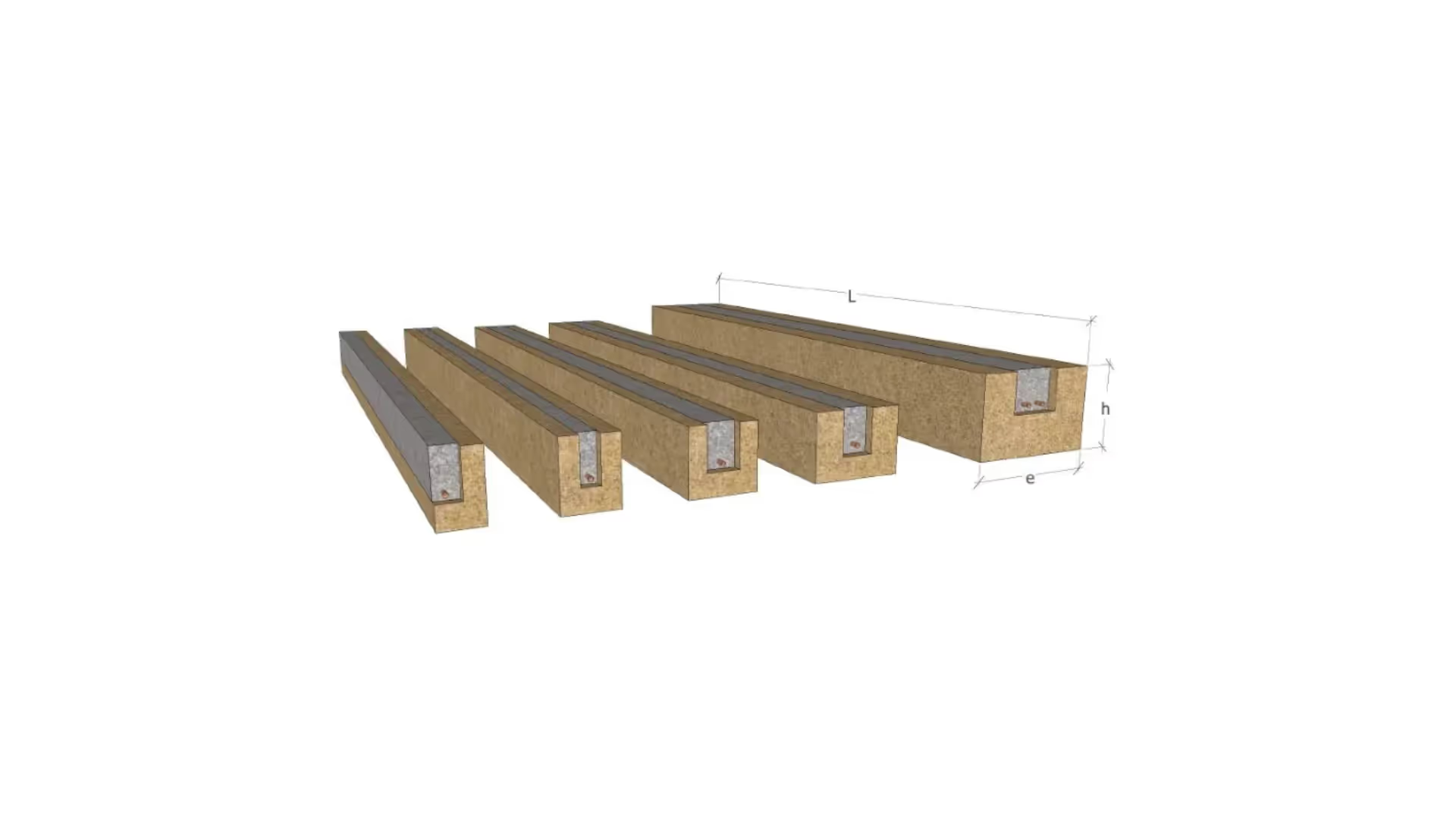
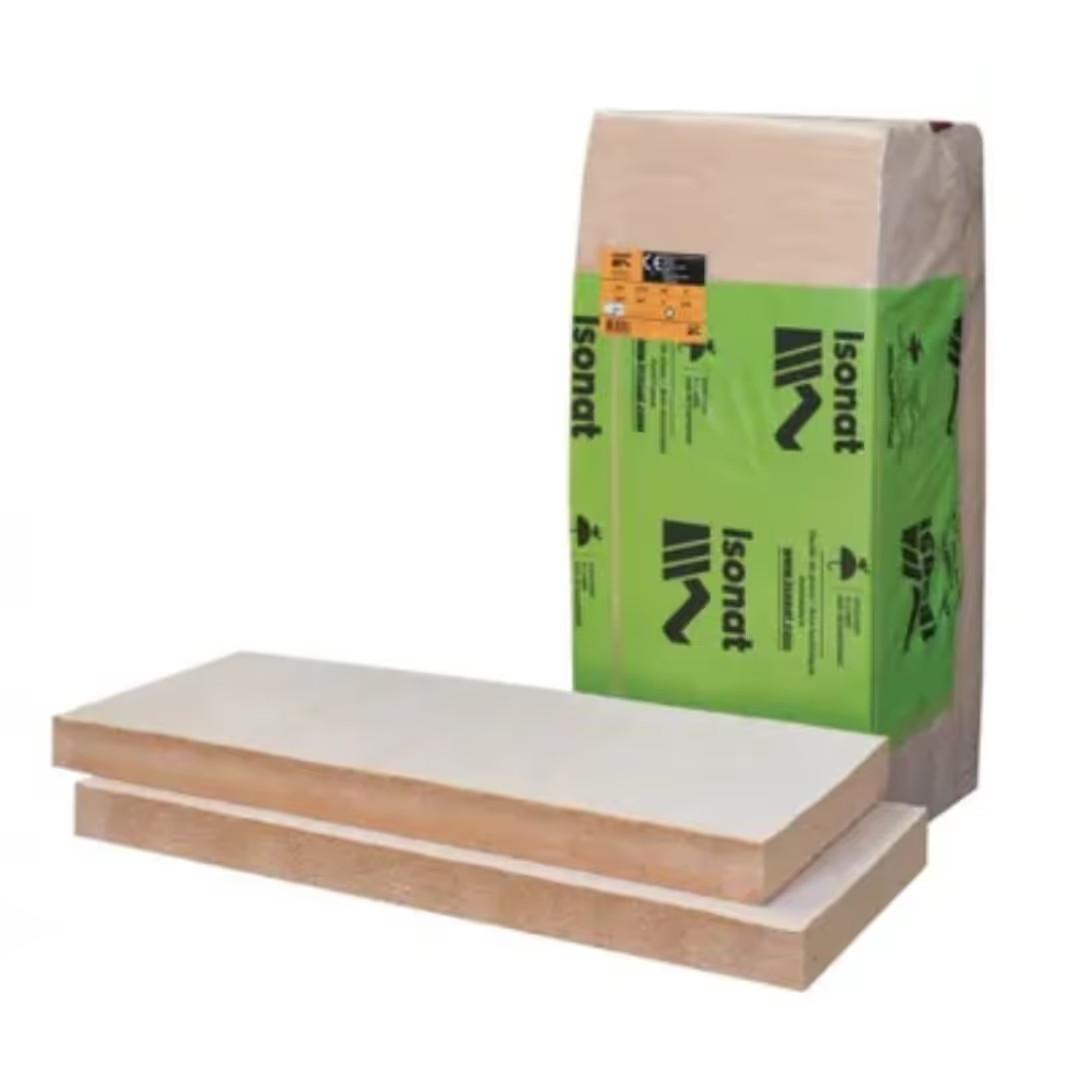



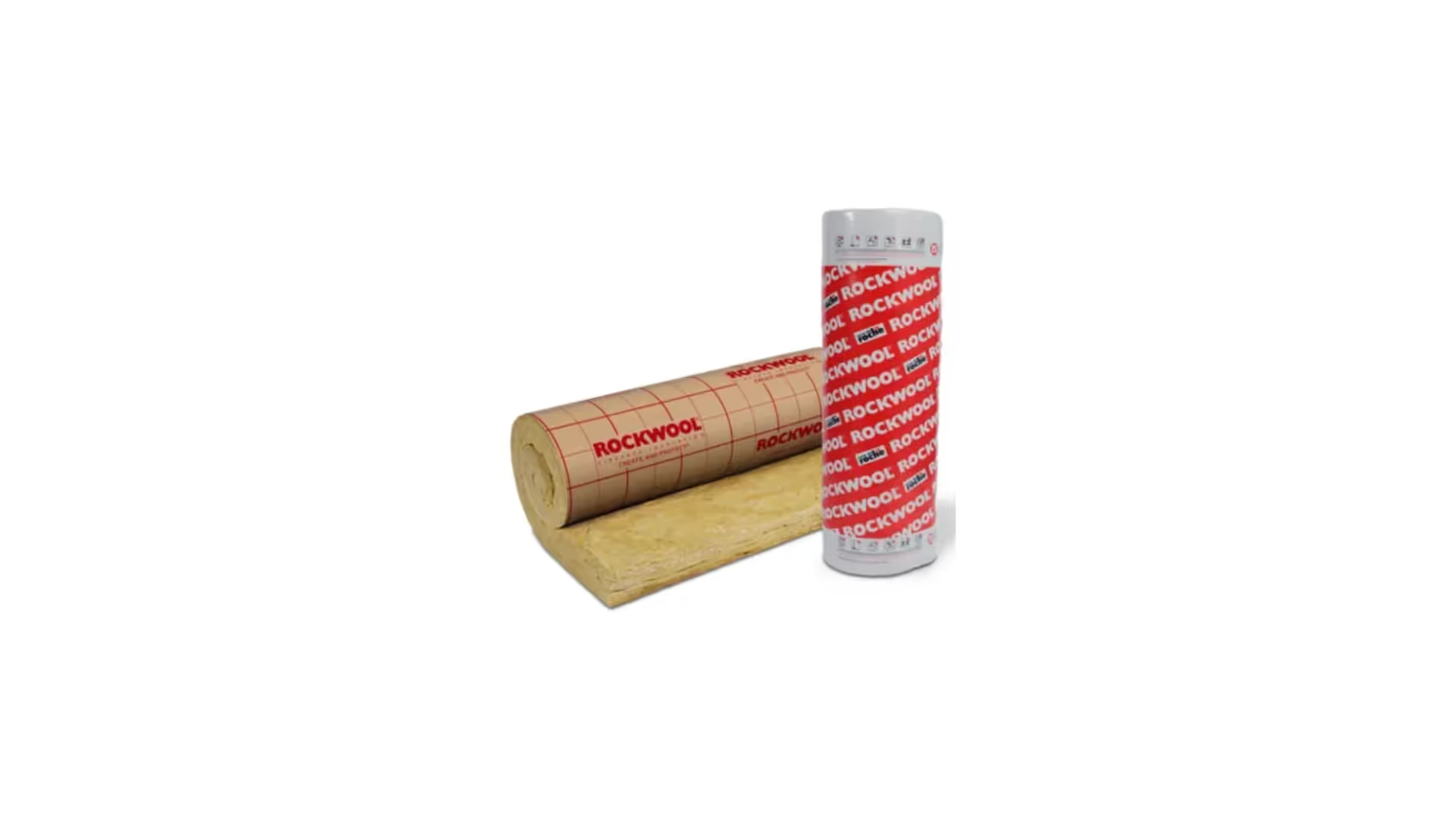
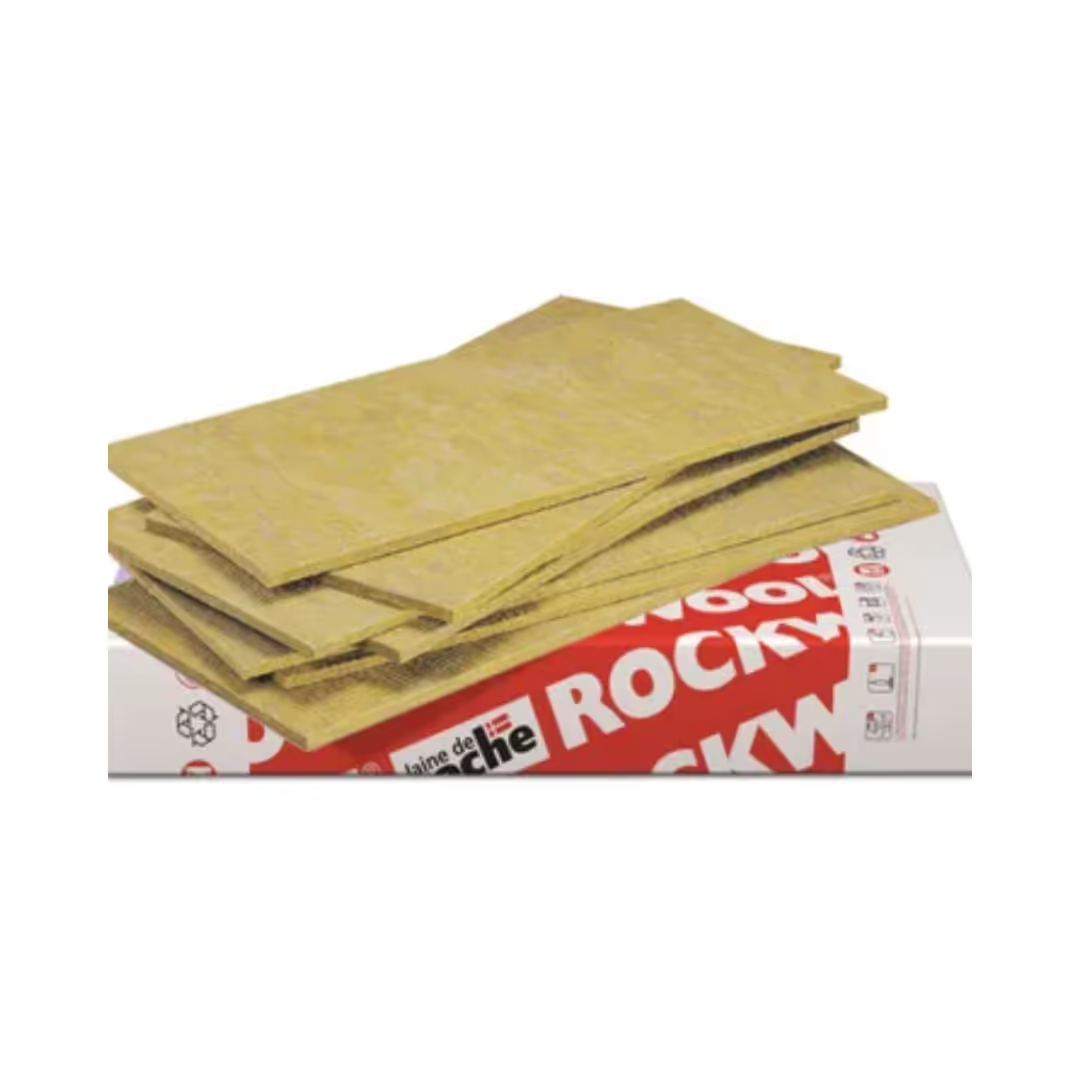
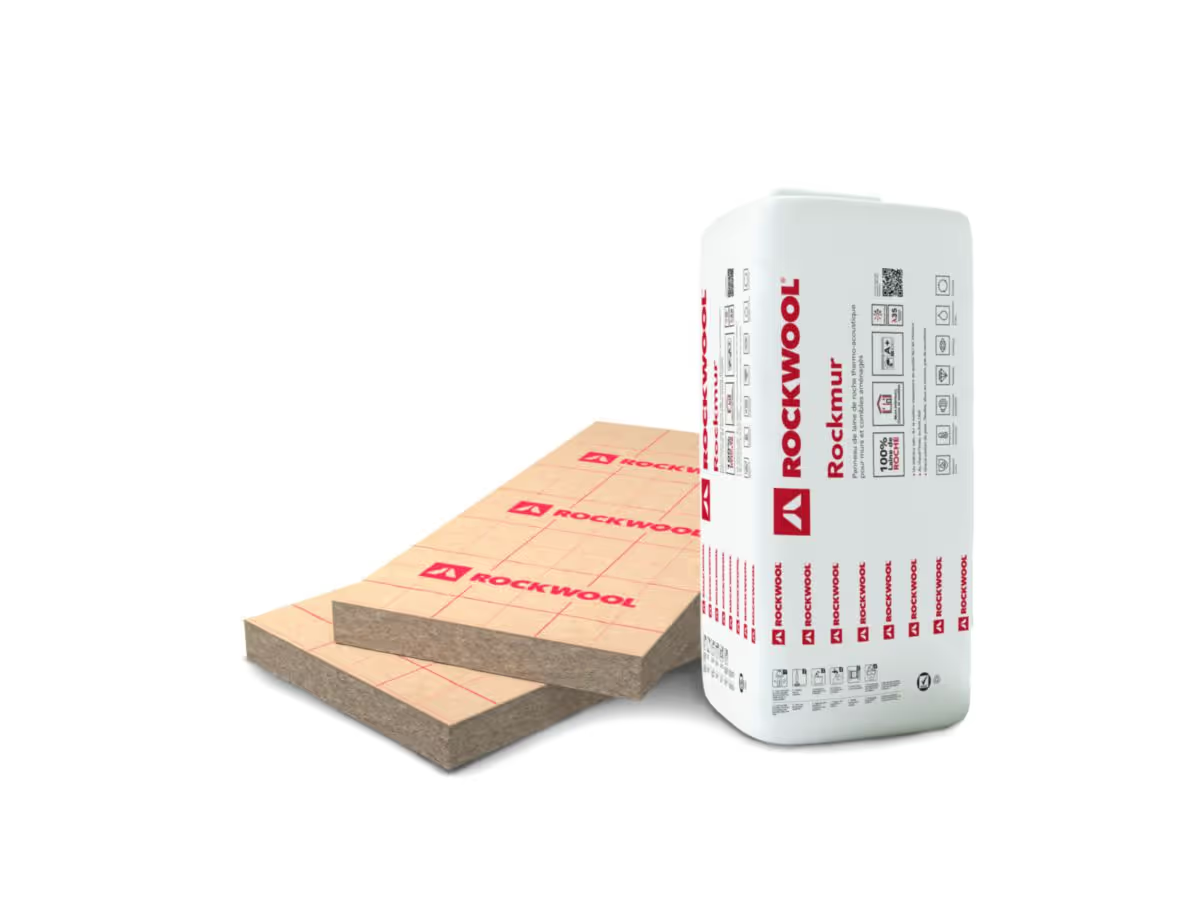
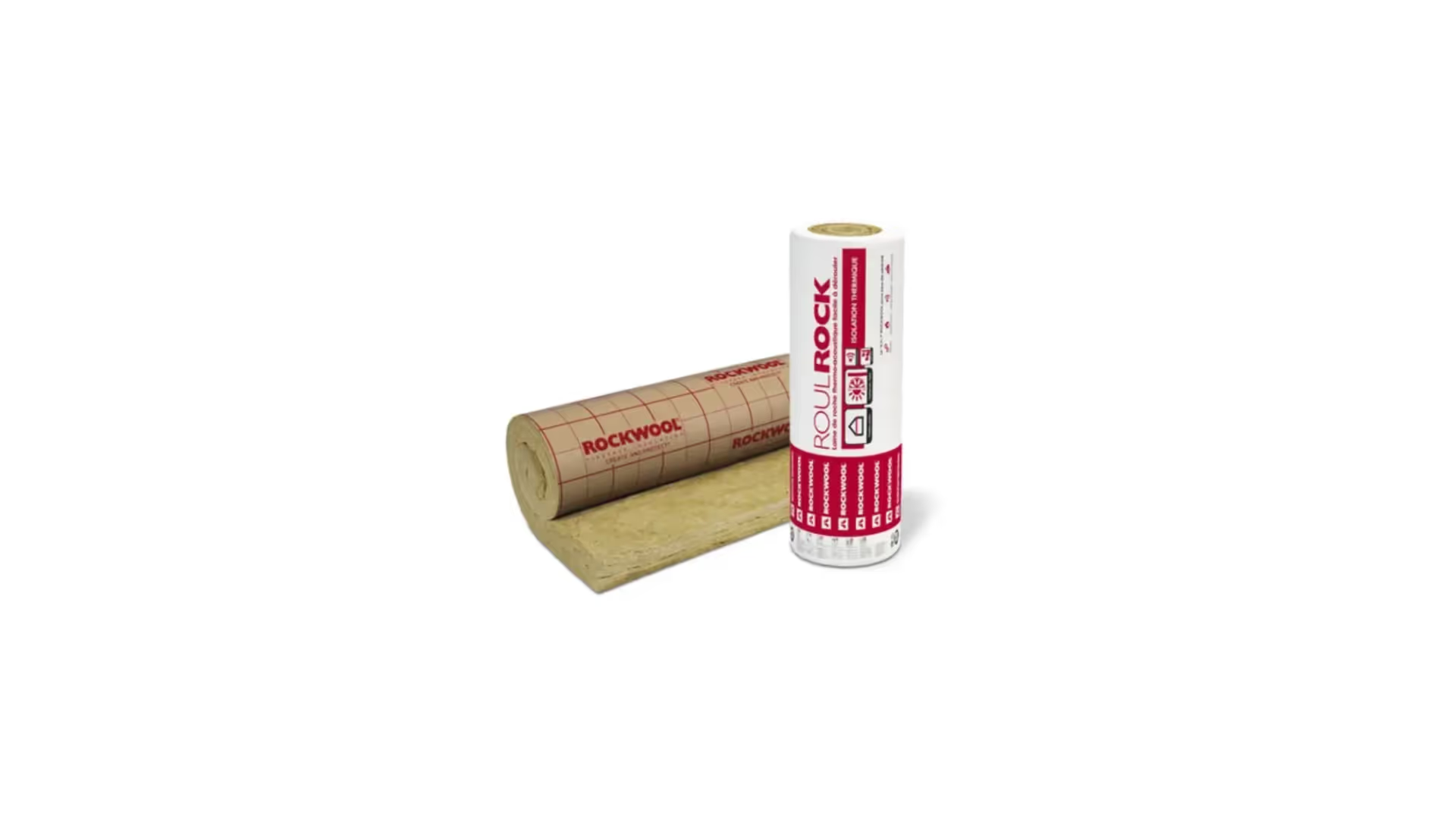


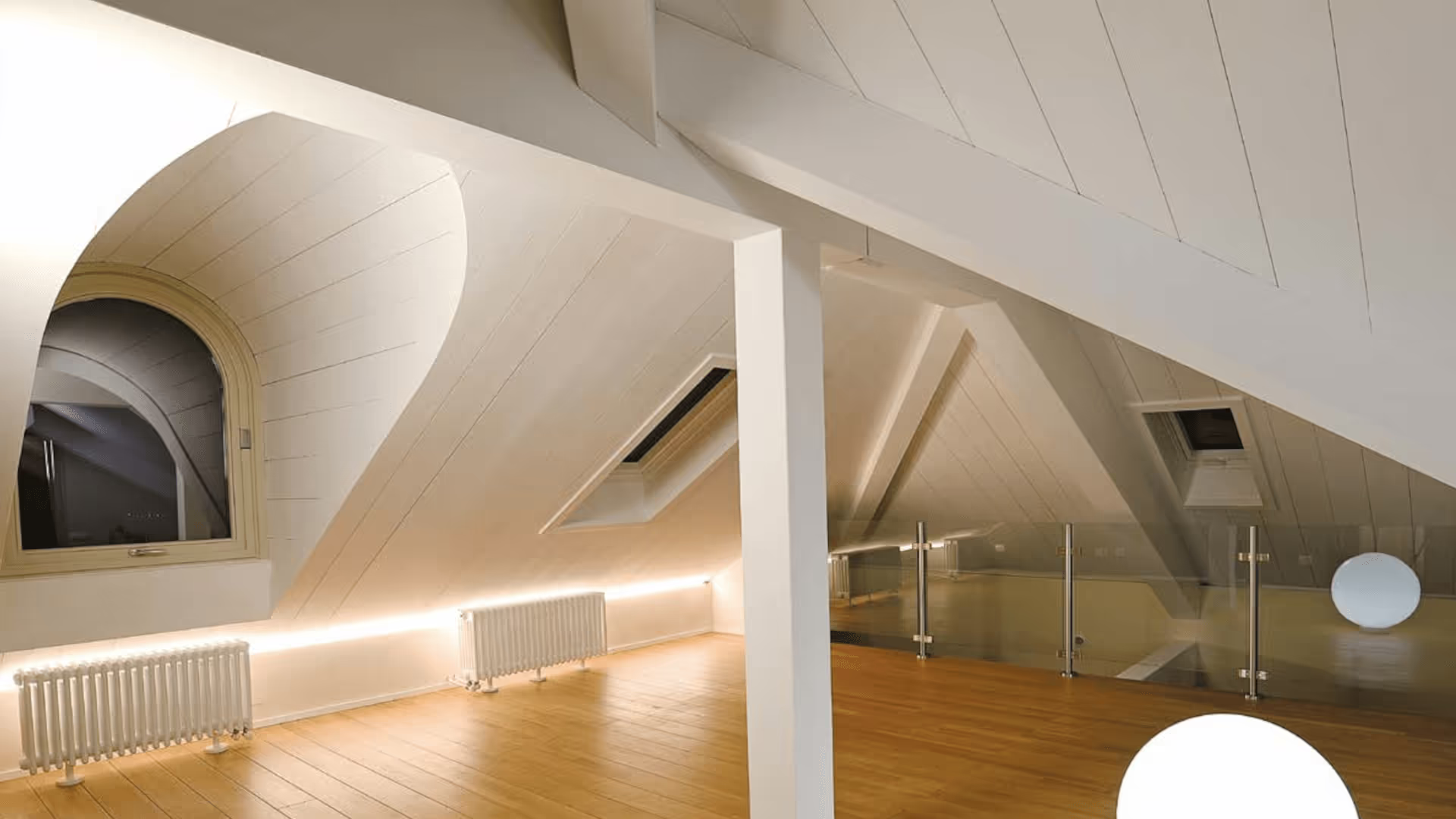

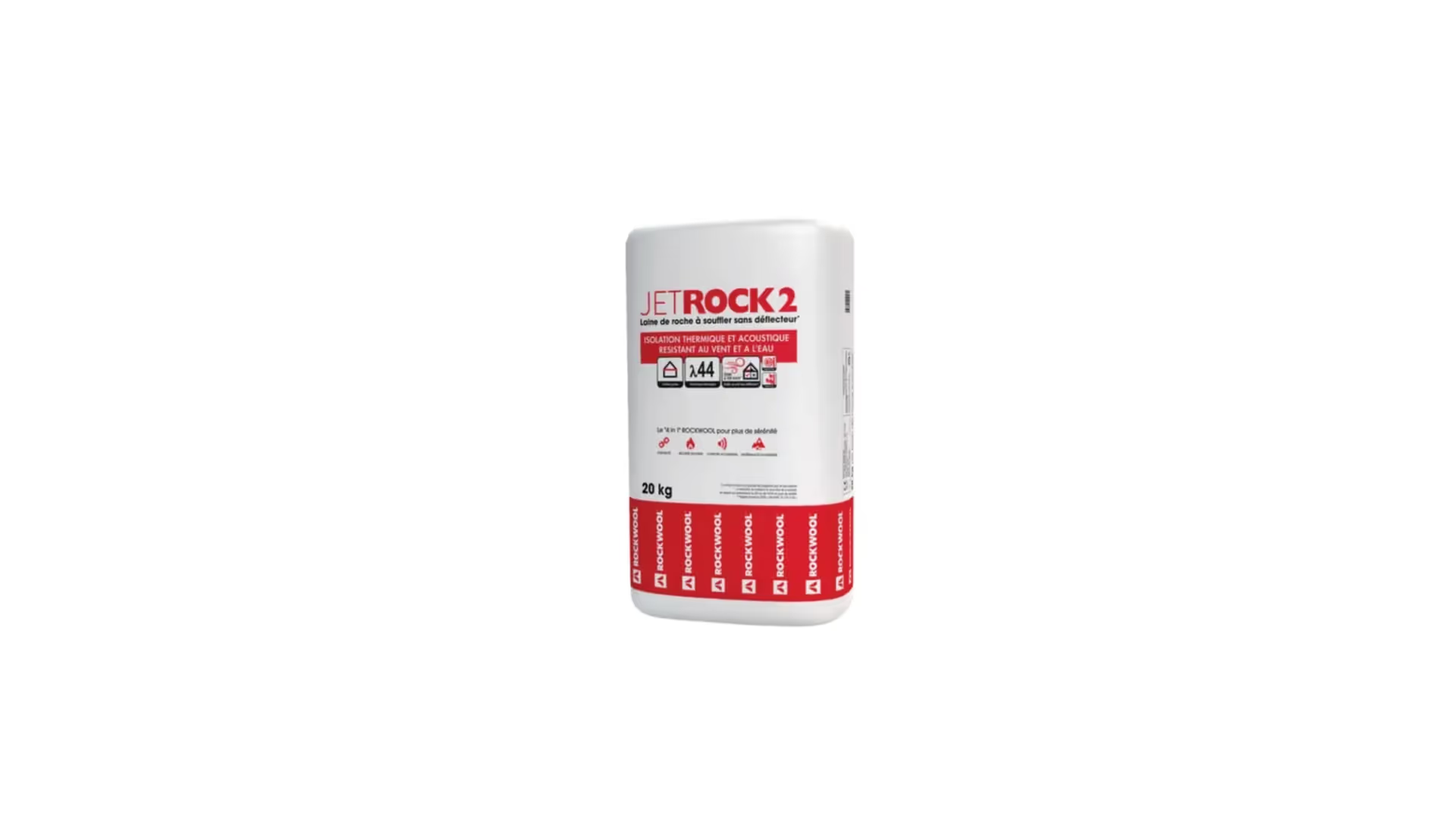
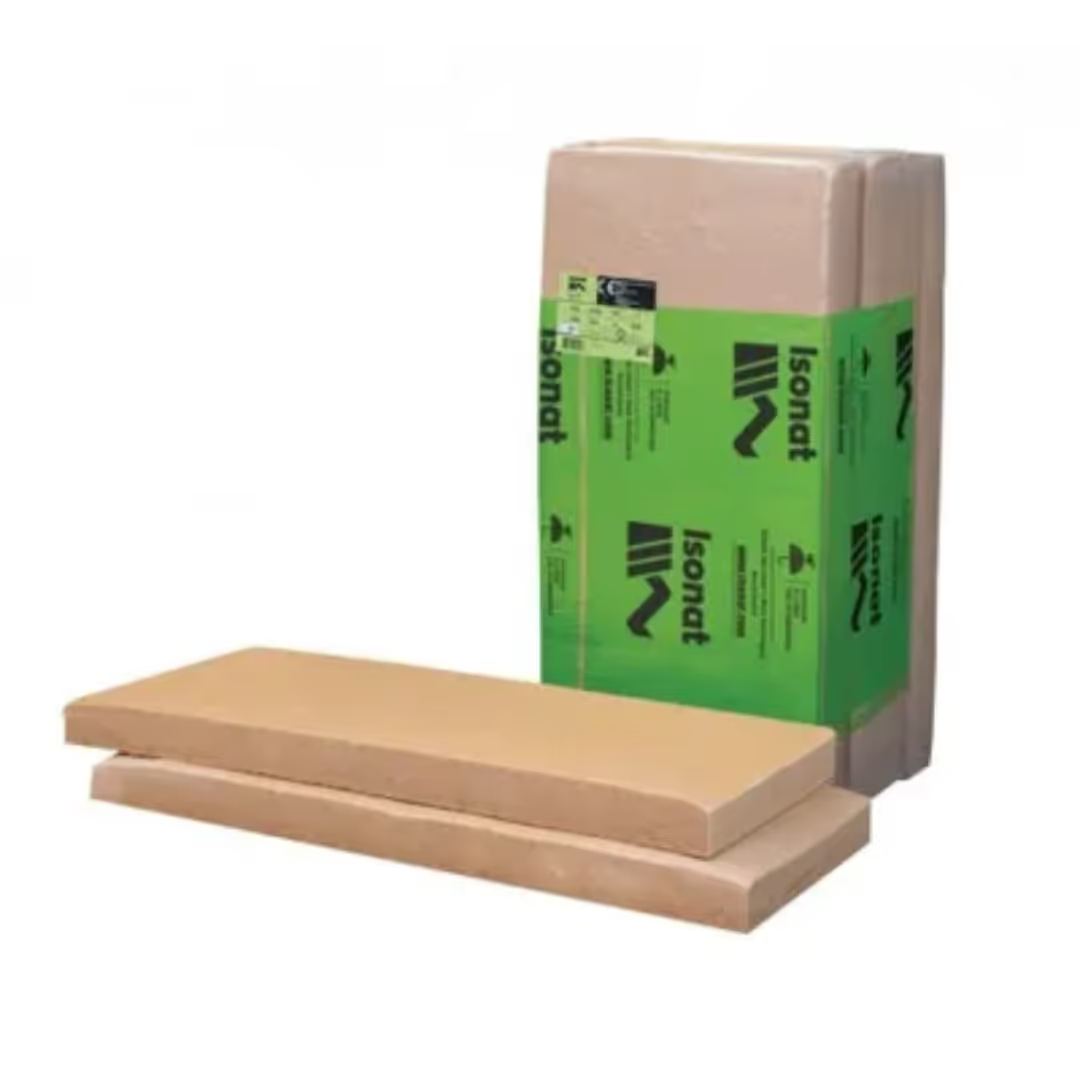
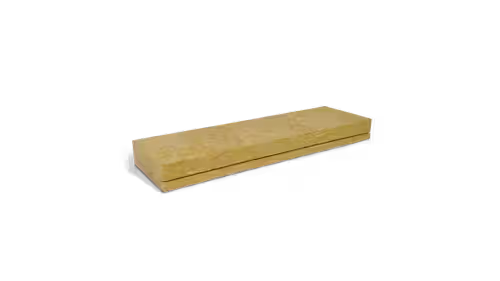
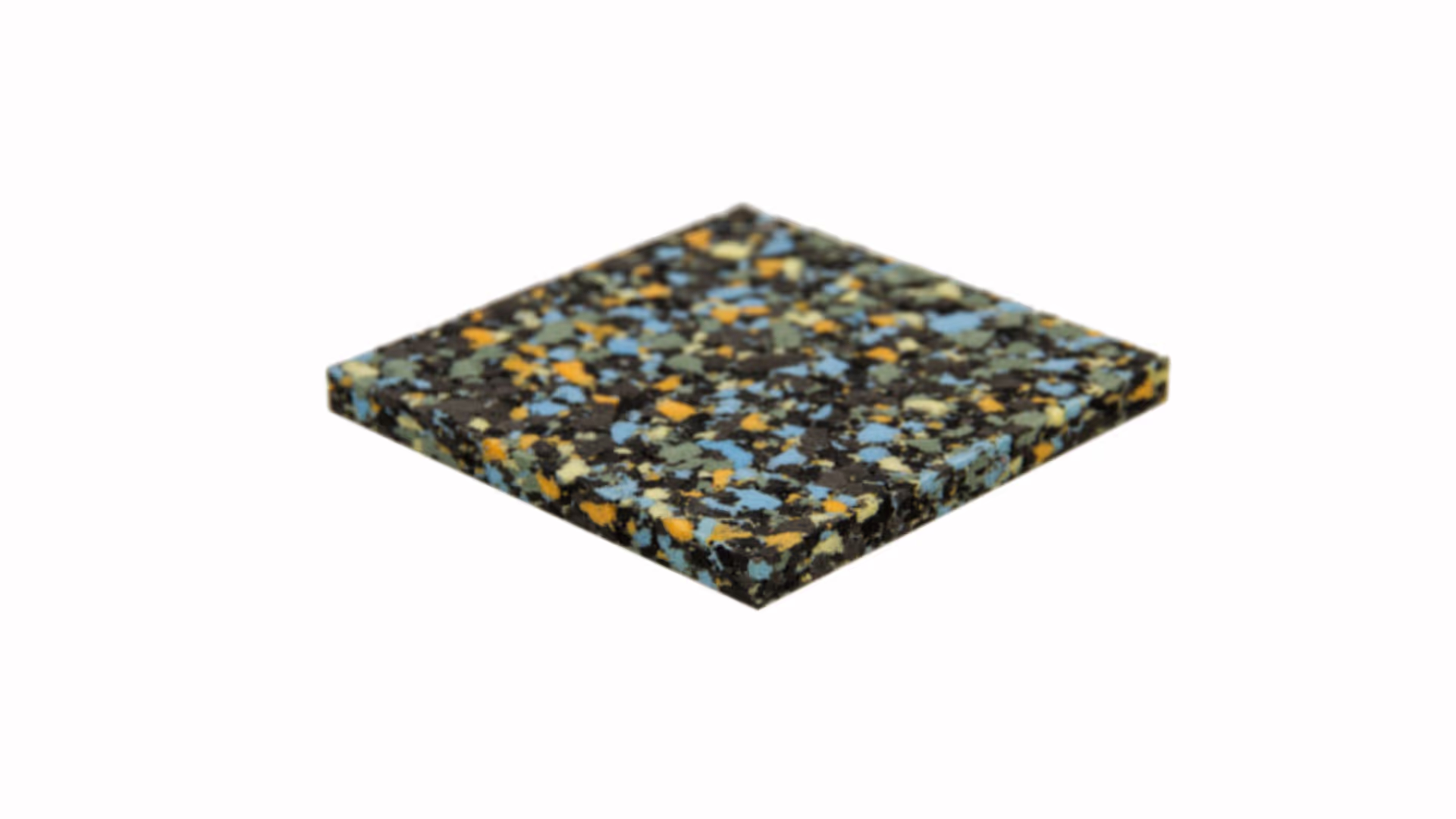
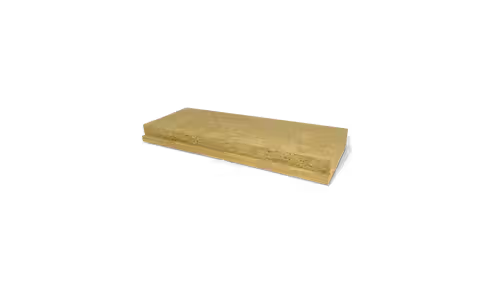

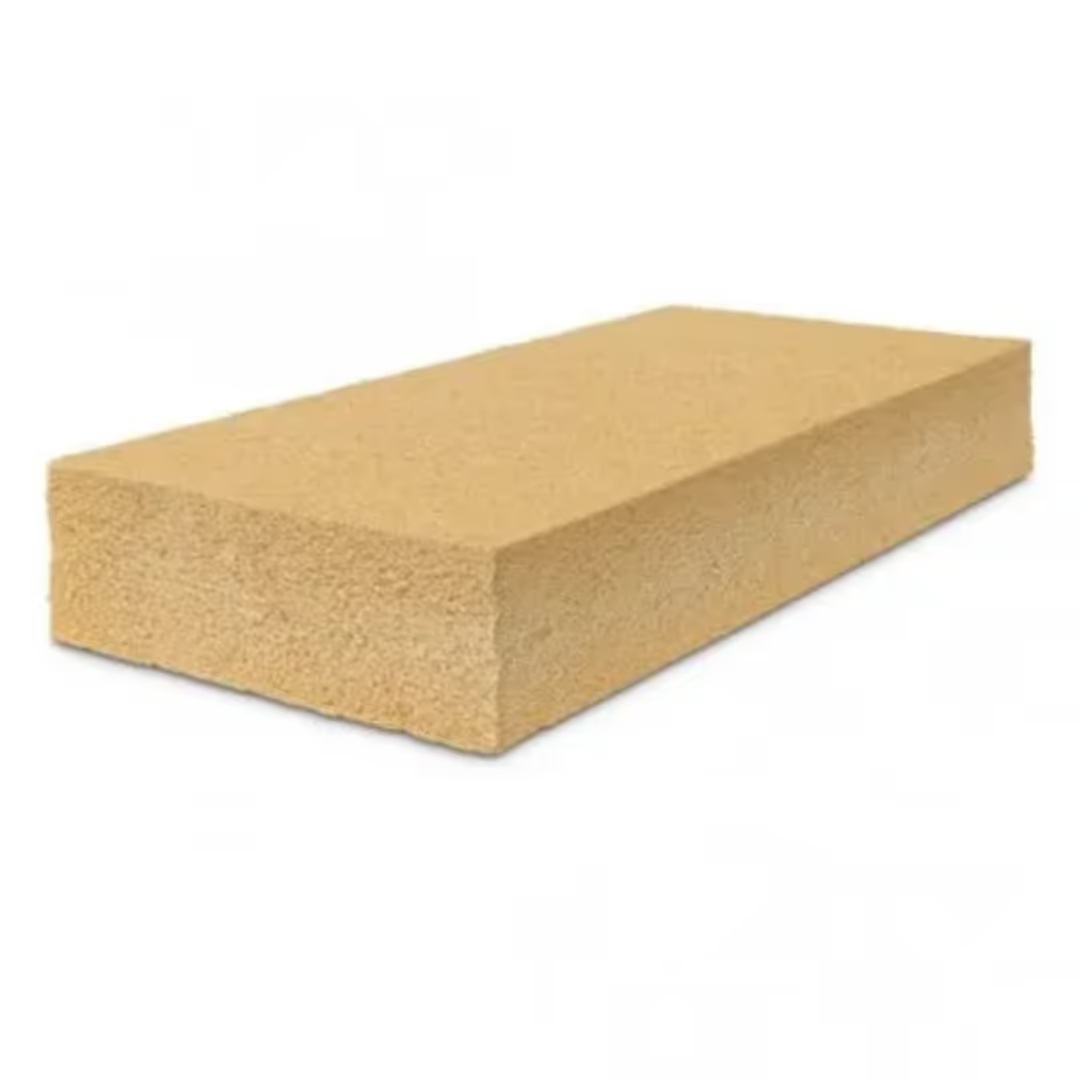
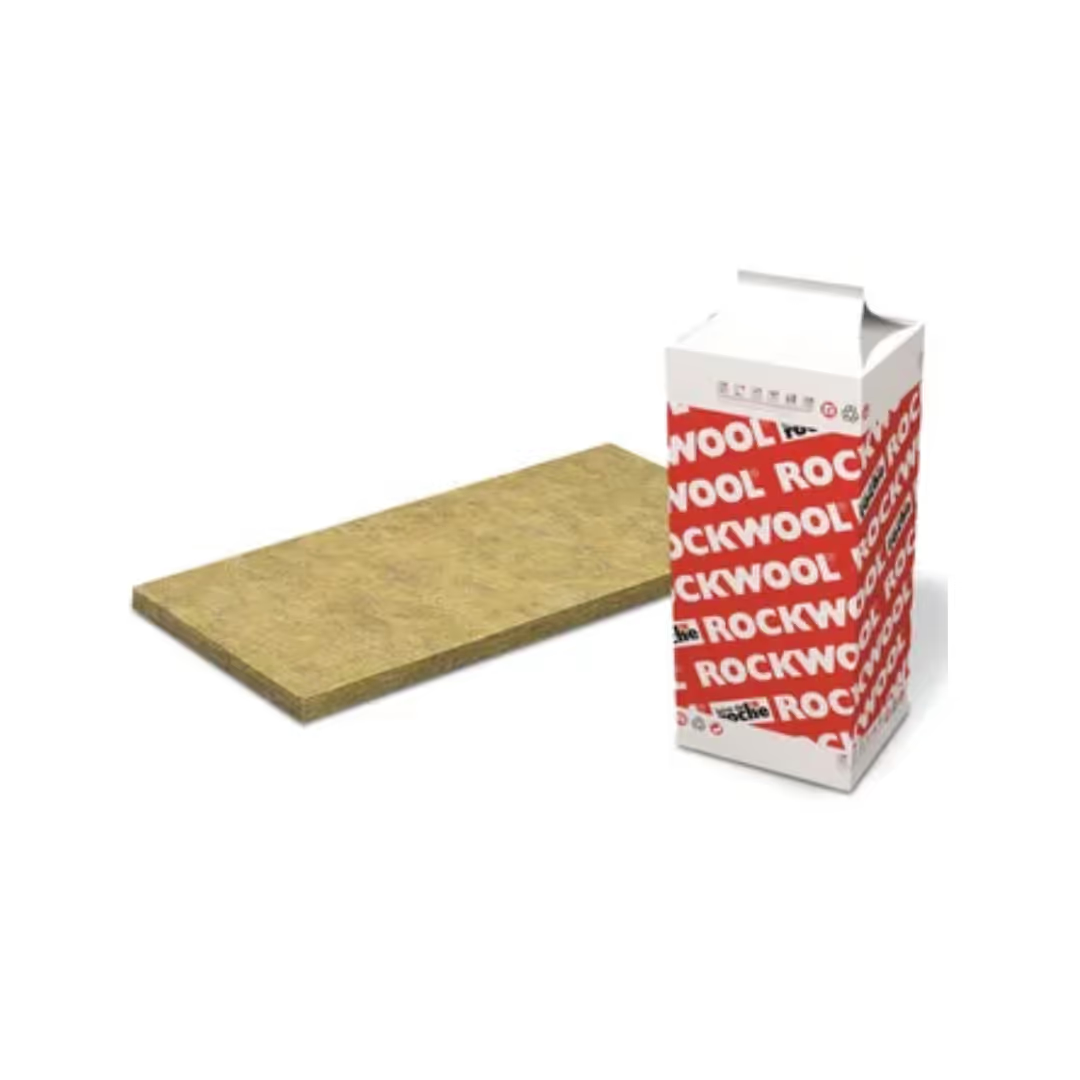

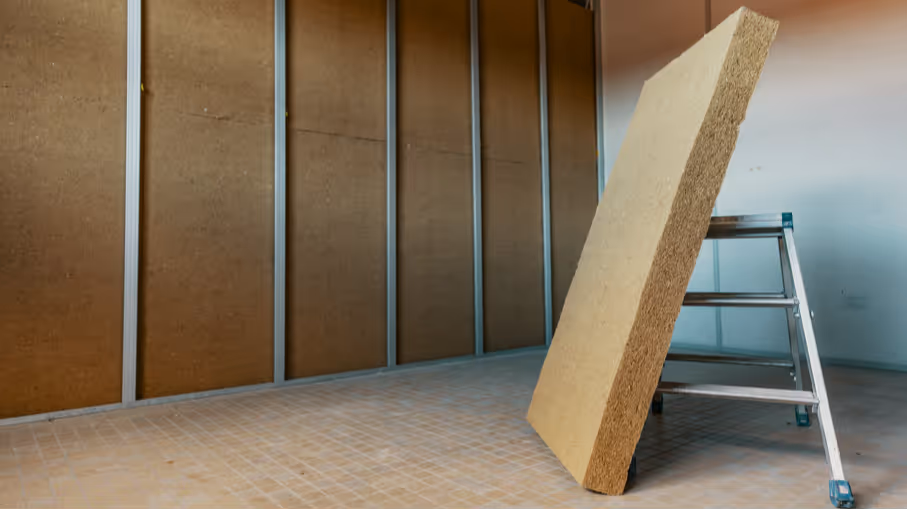
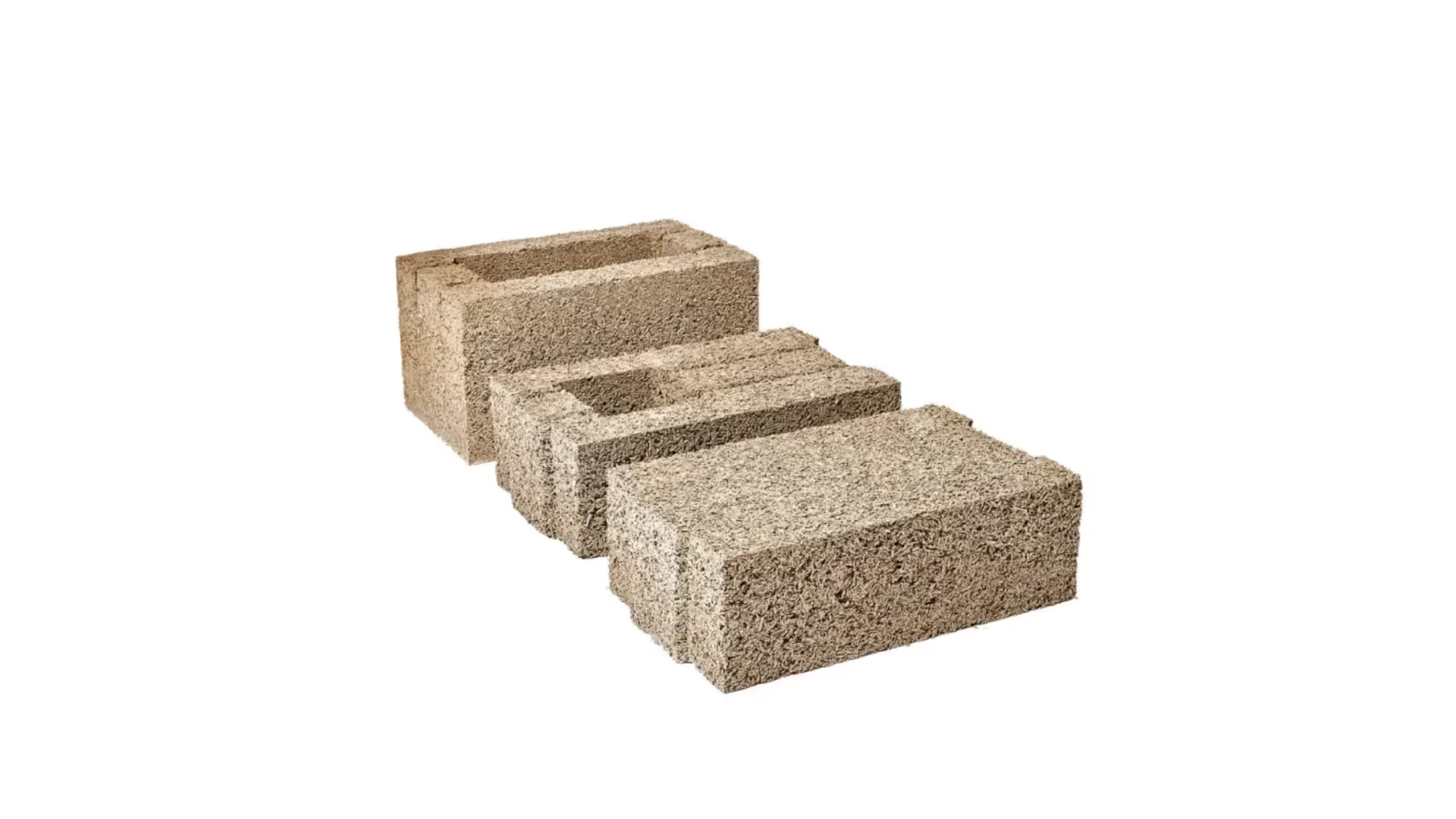

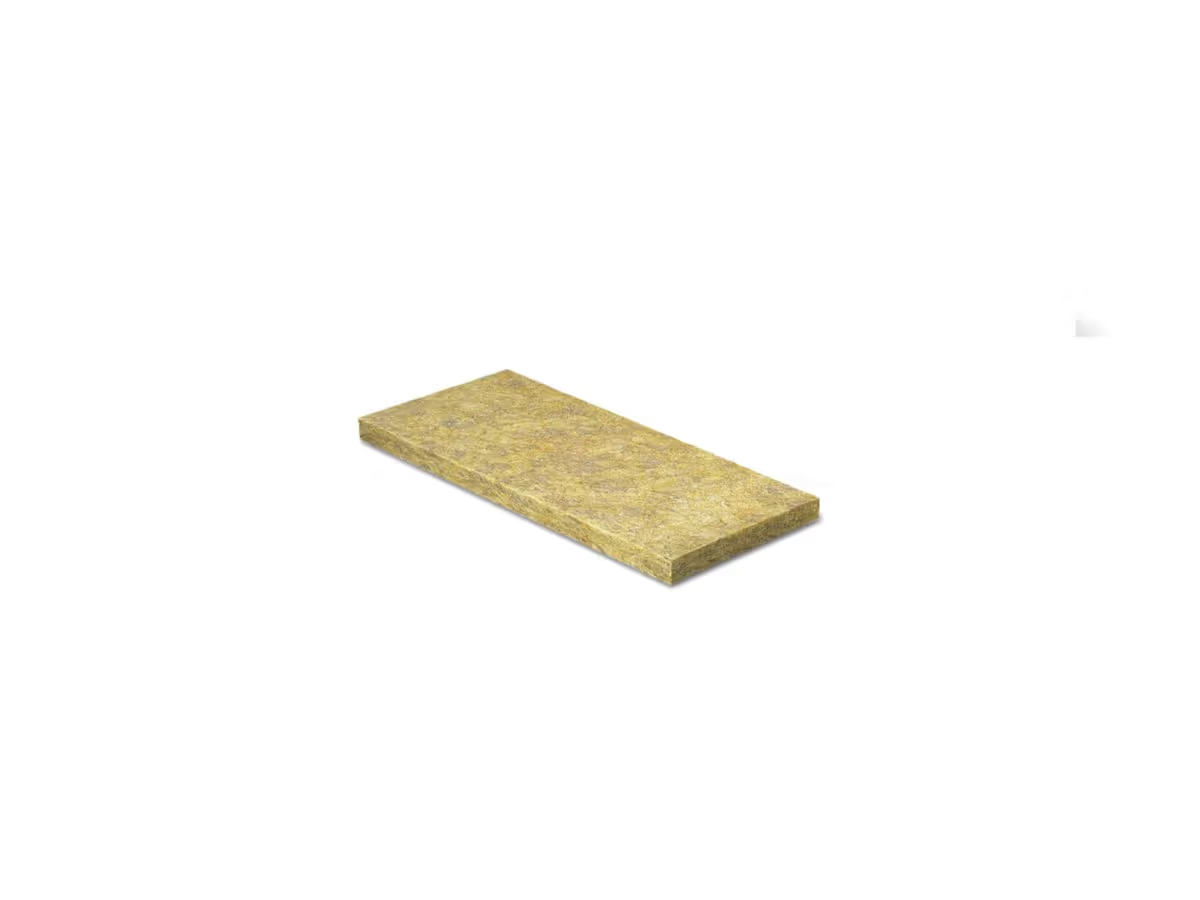
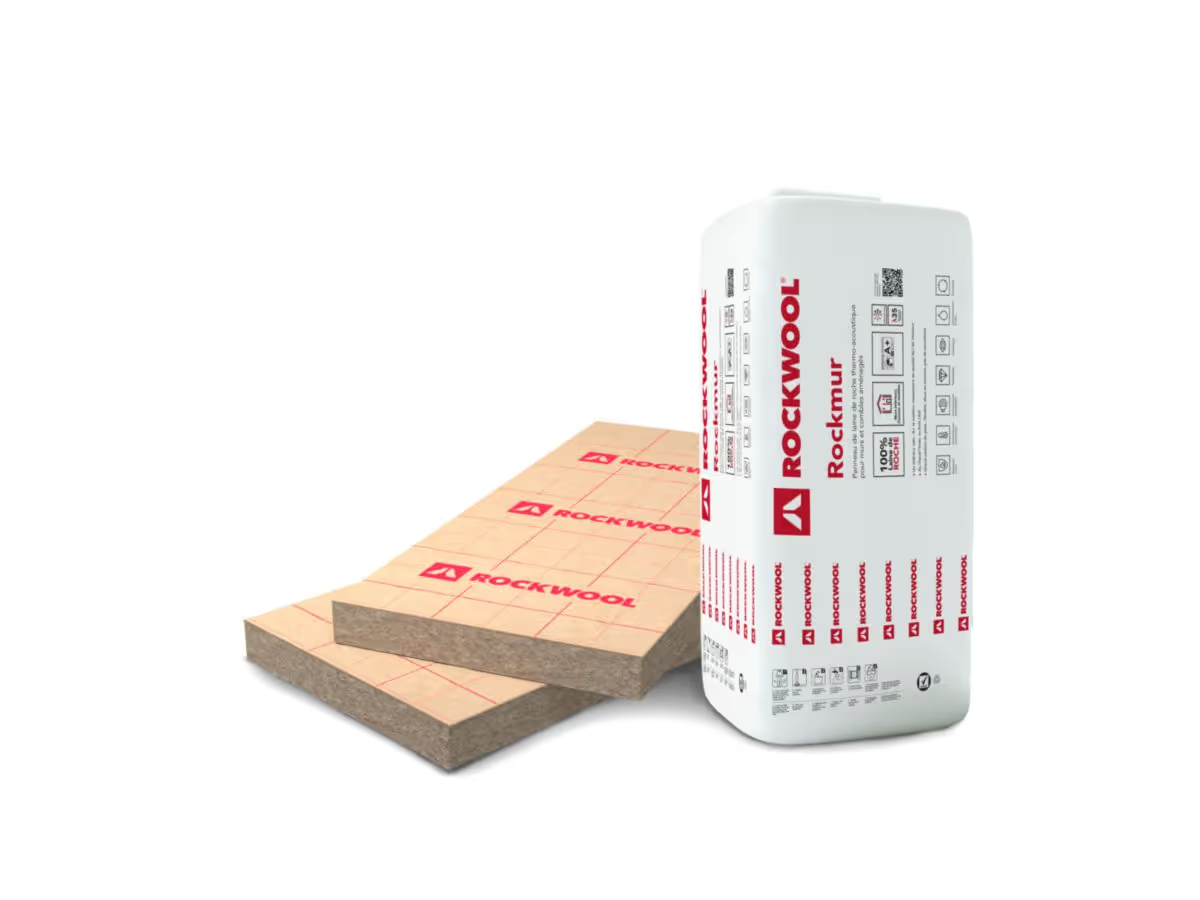
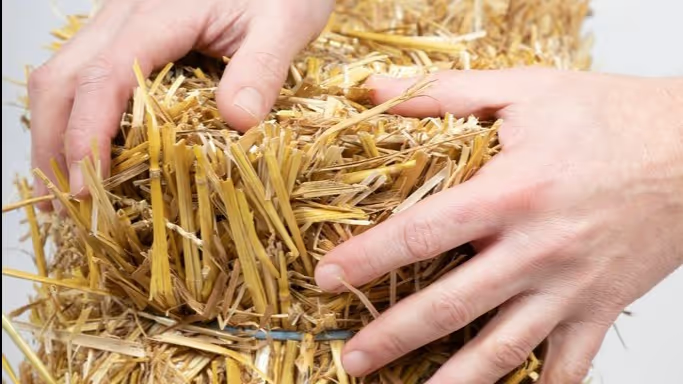
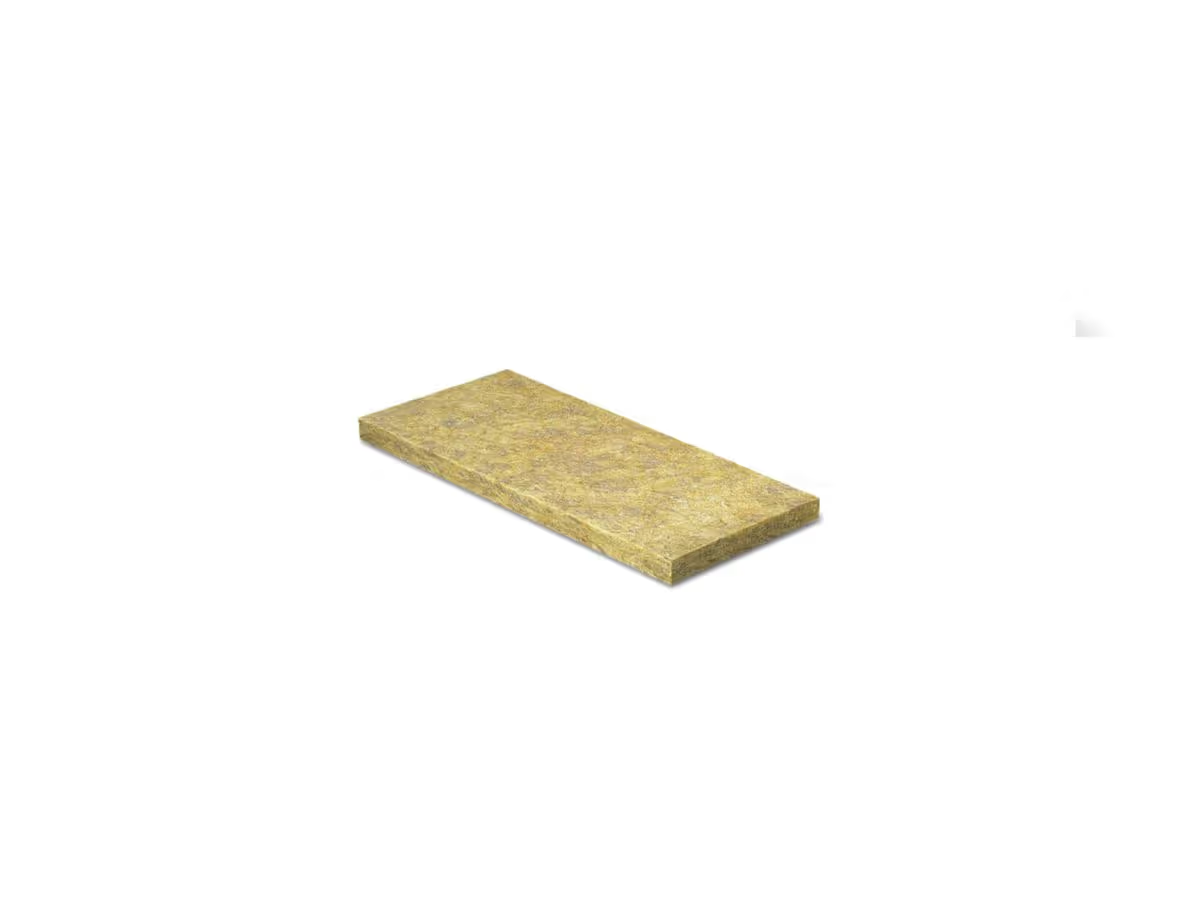

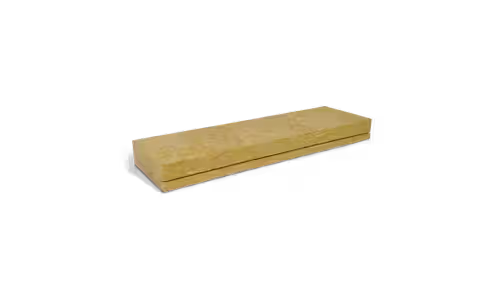

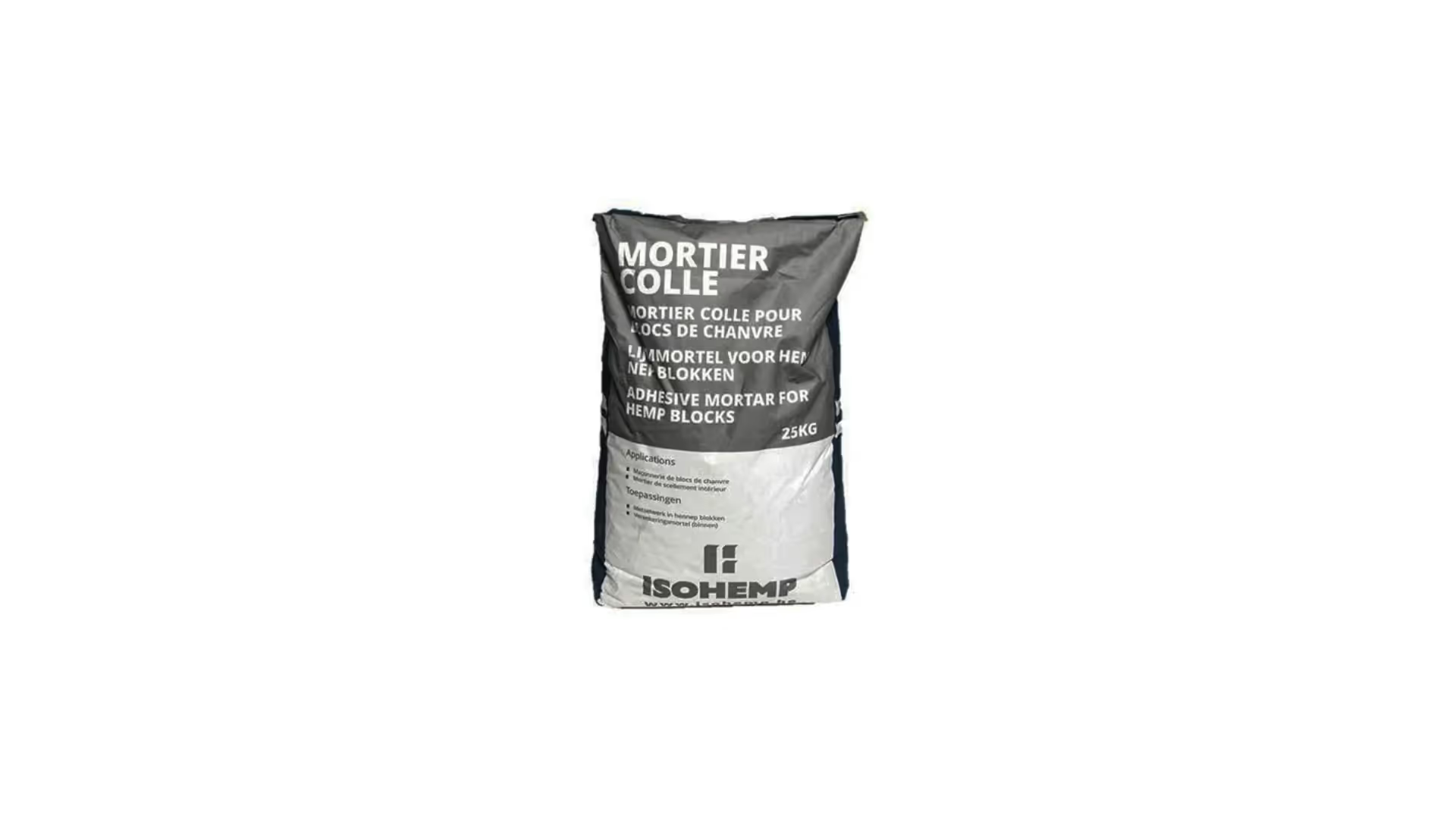
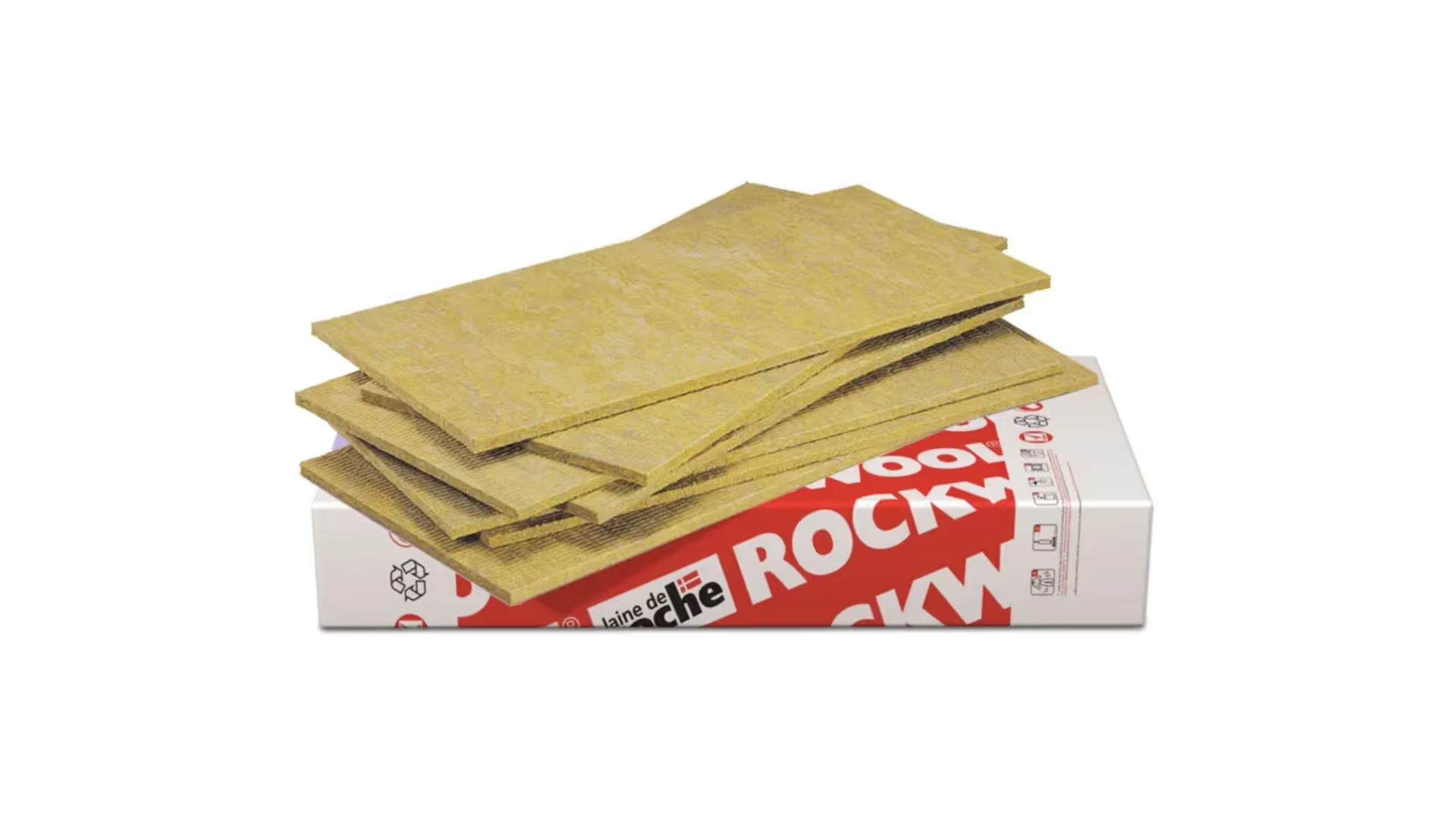

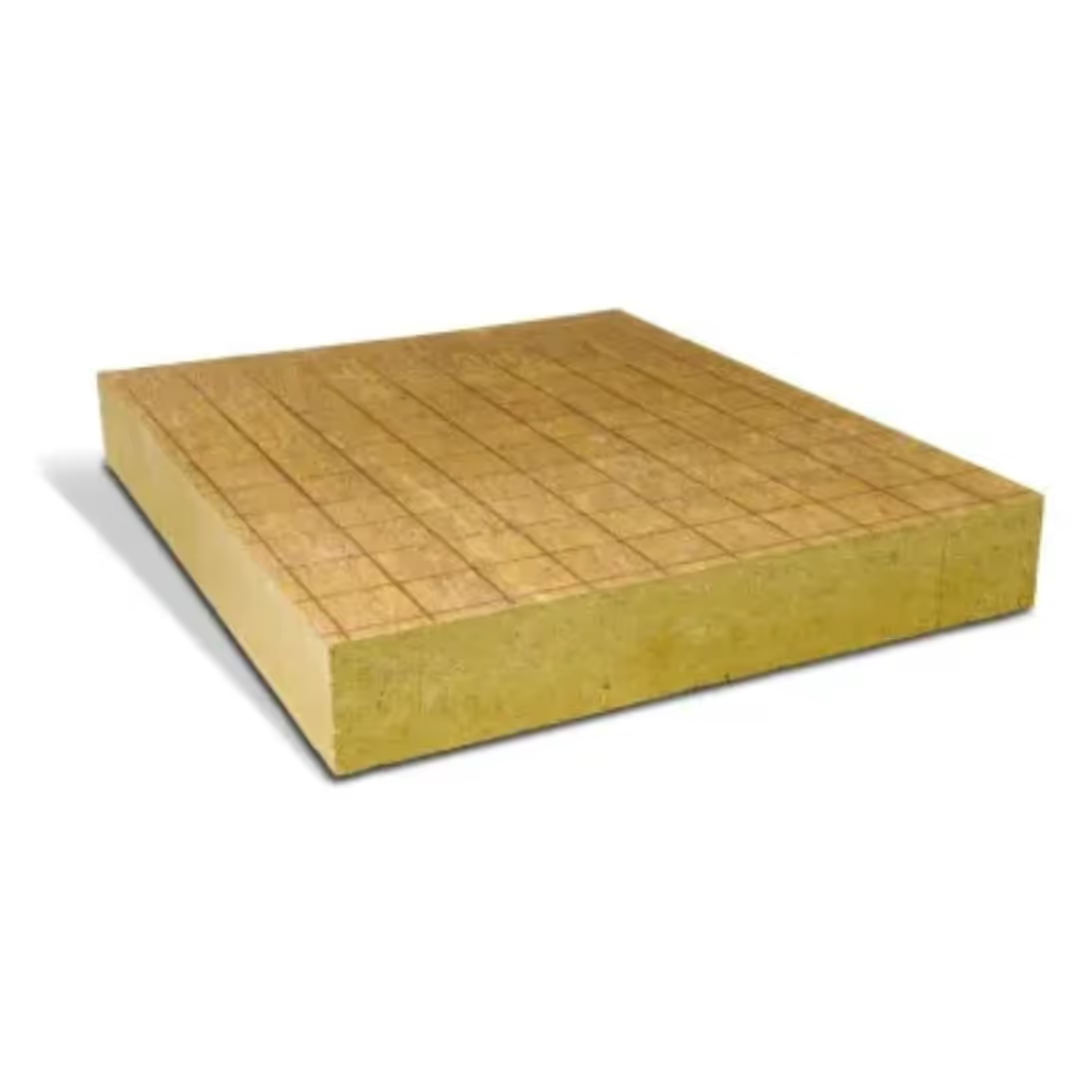
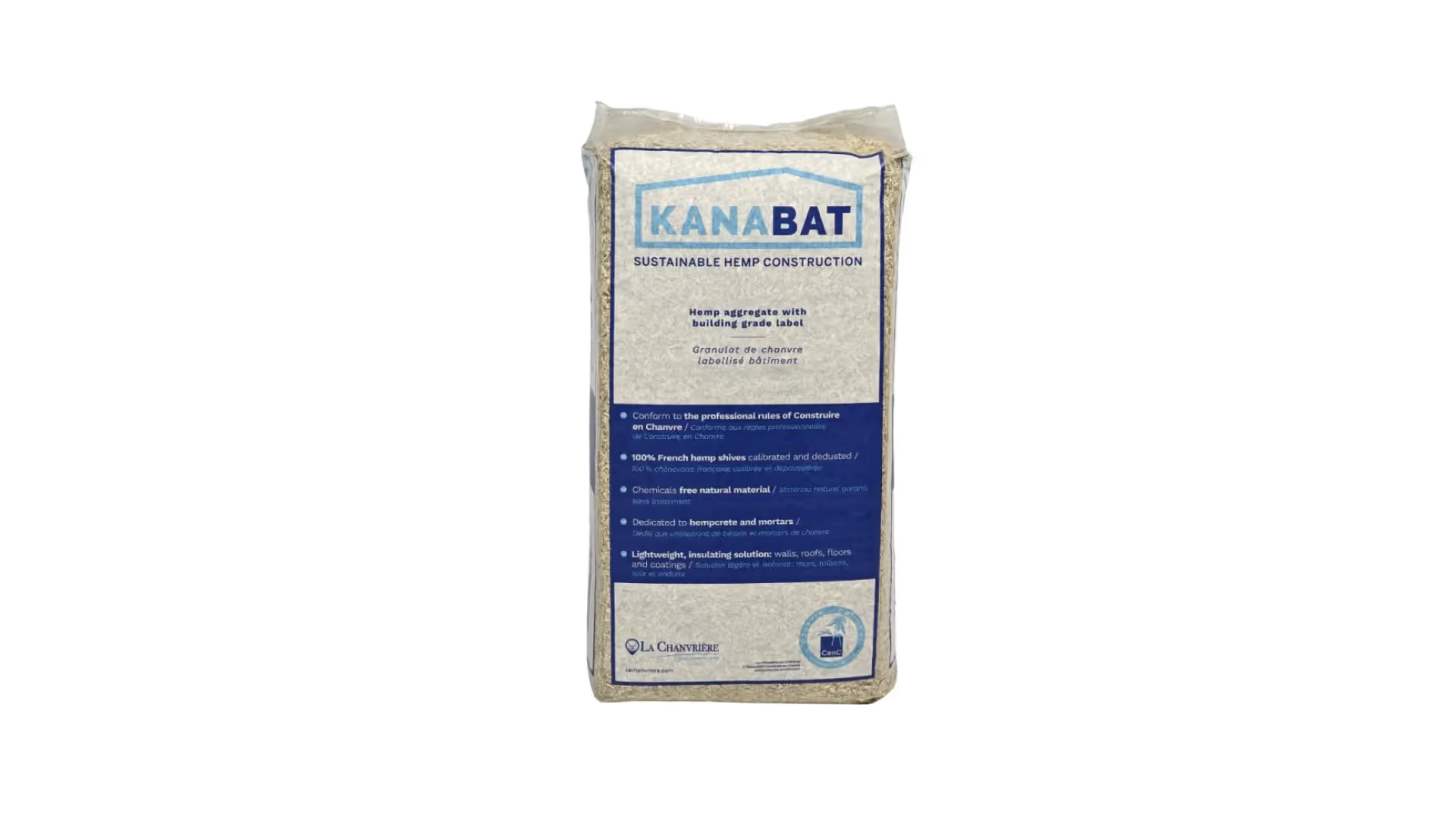
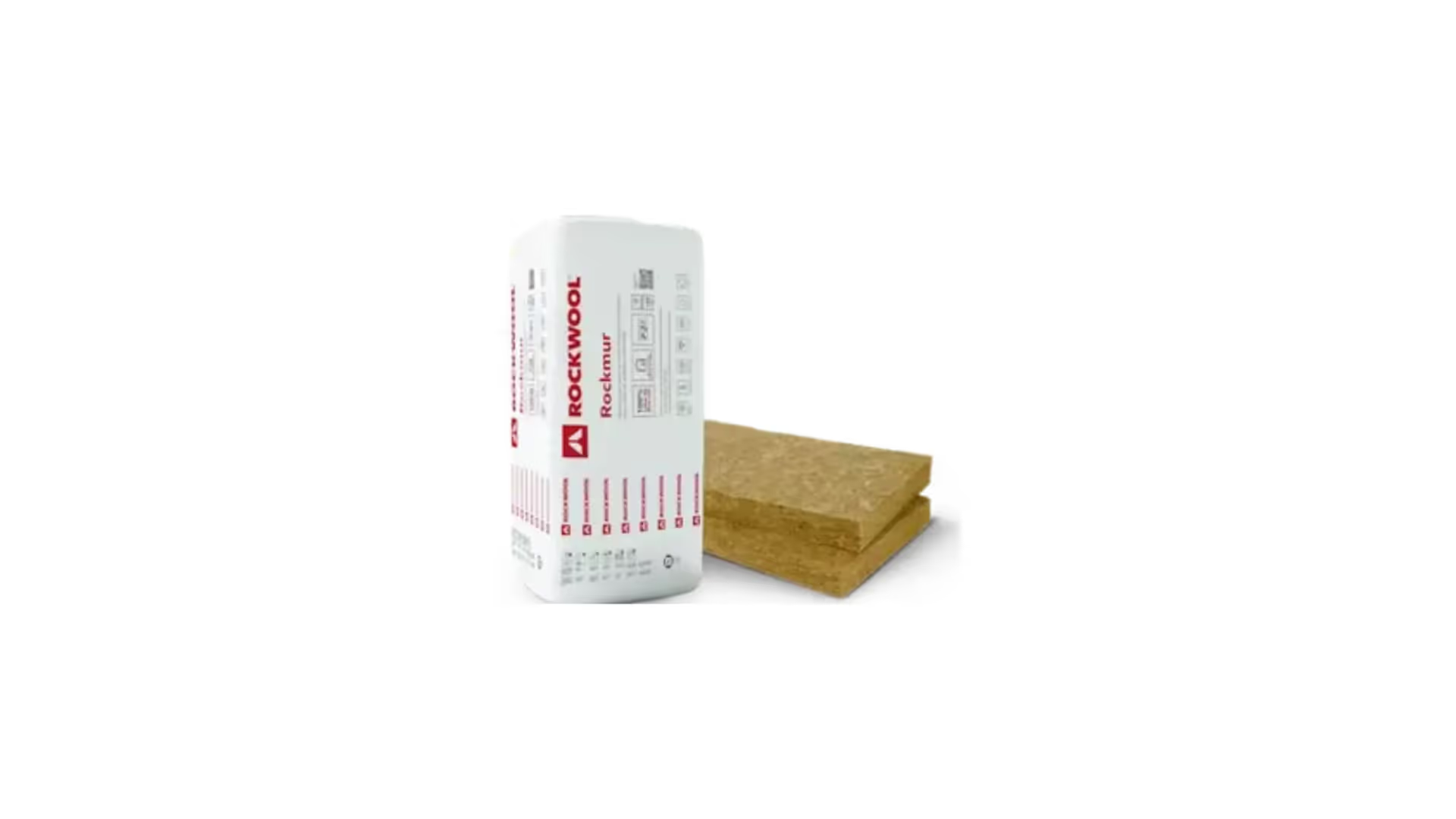

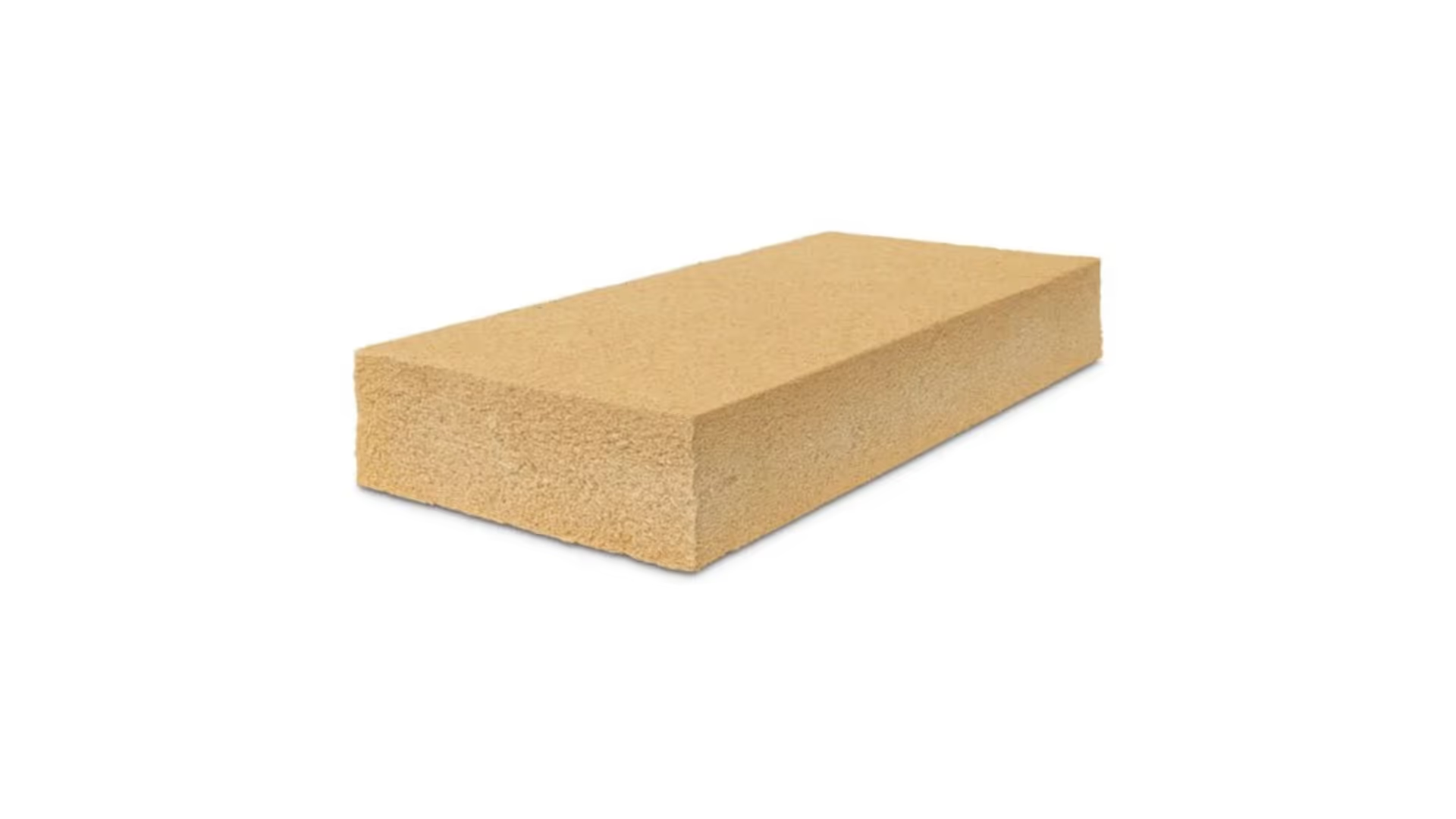
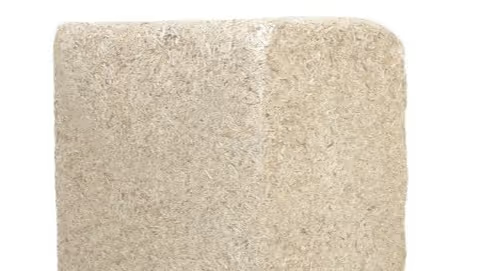
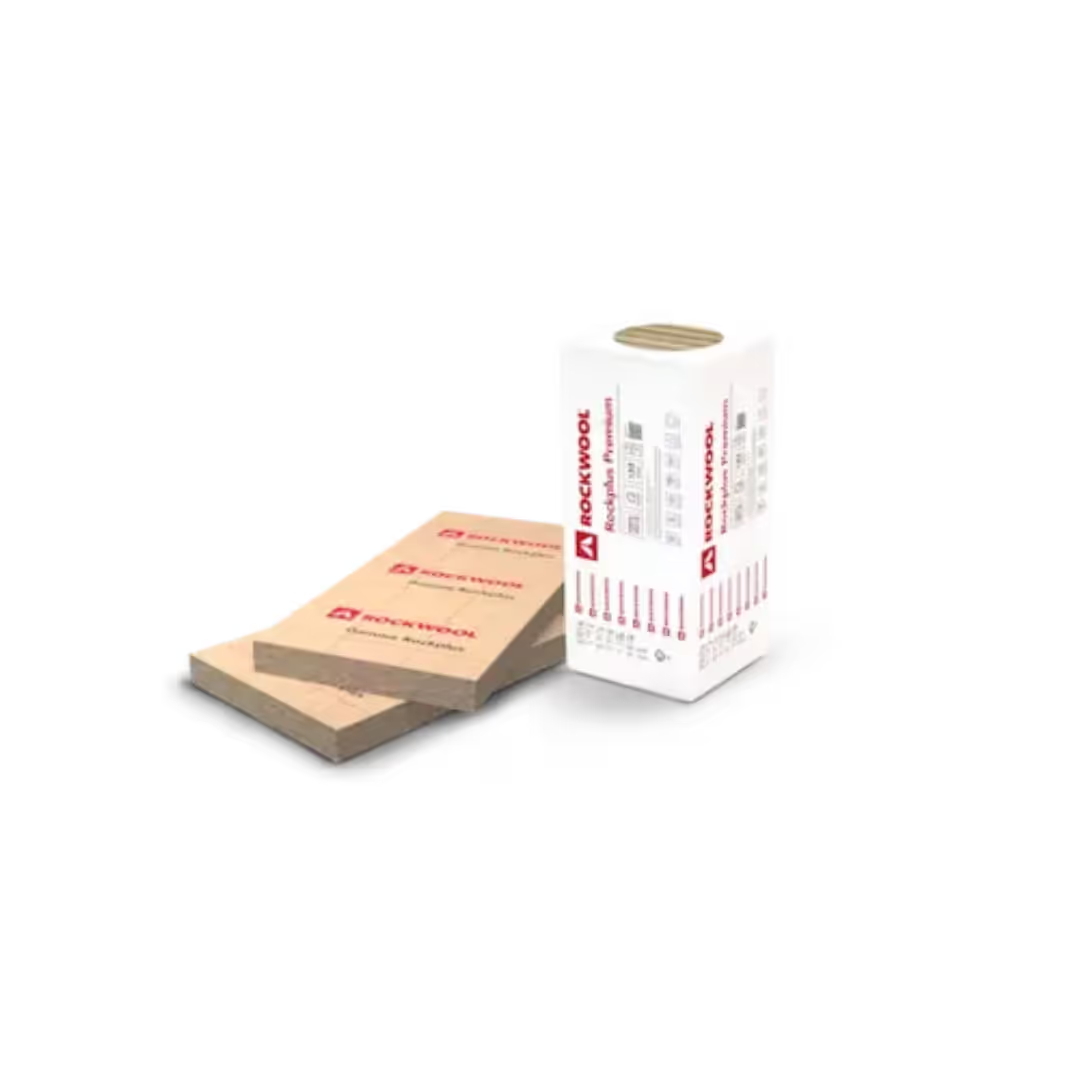
Isolation : Lutter contre l’humidité
Les charpentes en bois peuvent être isolées de diverses manières, les plus courantes sont les panneaux de mousse revêtus d'une feuille d'aluminium ou la laine de verre/minérale, qui sont parfois utilisés avec une feuille d'aluminium.
- Tous ces systèmes empêchent l'humidité de pénétrer. Ils doivent être protégés de l'humidité et impliquent l’installation de pare-vapeur. Ils dépendent également des cavités de la structure pour fonctionner correctement ou pour demeurer secs.
Ce qui fonctionne très bien en environnement stérile, peut devenir véritable défi dans la réalité lorsqu’il faut assurer la pérennité de ces couches et de ces membranes.
Les chantiers de construction sont des environnements souillés, venteux et pluvieux qui sont loin d’avoir la propreté d’un site d'essais en laboratoire. Les charpentes en bois, les matériaux d'isolation et même les panneaux préfabriqués sont tous mouillés sur un chantier.
- Il est donc essentiel d'employer une méthode qui sèche rapidement la charpente en bois. Bien que la fibre de bois puisse absorber l'eau, elle sèche rapidement. Une fois sèche, elle continuera à absorber l'humidité des montants jusqu'à ce que les deux matériaux atteignent un niveau d'humidité bas et comparable.
Découpe facile de l'isolant
Lors de l'isolation entre les montants, il est essentiel de pouvoir couper l'isolant simplement et rapidement afin qu'il s'adapte parfaitement à l'ossature en bois ainsi qu’à la surface intérieure de l'ossature, qu'il s'agisse d'OSB ou d'une membrane.
Les laines, les fibres de verre, les fibres minérales, naturelles et les fibres synthétiques sont les meilleurs isolants entre les montants en raison de leur compressibilité. Vous pouvez les couper légèrement plus grands que le vide que vous remplissez, les écraser entre les montants, et ils se plaqueront fermement contre les bords de l'espace, empêchant la chaleur de s'échapper.
- Entre les montants de bois, les panneaux de mousse rigide sont très difficiles à installer efficacement. En raison de leur rigidité, il est assez difficile de découper une seule pièce avec précision pour qu'elle s'insère entre les montants, ce qui occasionne l'apparition de trous d'air.
Selon une étude belge, un espace de 3 mm entre le panneau intérieur et le panneau d'isolation entraine une perte de chaleur de 150 % supérieure aux estimations, tandis qu'un espace de 10 mm occasionne une perte de chaleur de 400 % supérieure. C'est pourquoi ces types d'isolants sont de plus en plus répandus sur le dessus des chevrons et sur l'extérieur des charpentes en bois.
